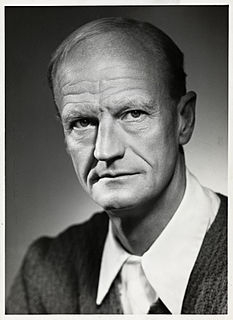
Benjamin Wegner Nørregaard (3 October 1861 – 24 April 1935) was a Norwegian military officer, railway engineer, adventurer, journalist, diplomat and internationally renowned war correspondent. He spent several years in China and served as Minister of Labour in the Tianjin Provisional Government during the Boxer Rebellion. He later worked as a war correspondent for the Daily Mail and for Scandinavian newspapers, and covered several conflicts in East Asia and Europe. He is especially known for his books The Great Siege, on the siege of Port Arthur during the Russo-Japanese War, and War, on the Boxer Rebellion. [1] [2] [3] [4]
Railway engineering is a multi-faceted engineering discipline dealing with the design, construction and operation of all types of rail transport systems. It encompasses a wide range of engineering disciplines, including civil engineering, computer engineering, electrical engineering, mechanical engineering, industrial engineering and production engineering. A great many other engineering sub-disciplines are also called upon.
A war correspondent is a journalist who covers stories firsthand from a war zone. They were also called special correspondents.

China, officially the People's Republic of China (PRC), is a country in East Asia and the world's most populous country, with a population of around 1.404 billion. Covering approximately 9,600,000 square kilometers (3,700,000 sq mi), it is the third- or fourth-largest country by total area. Governed by the Communist Party of China, the state exercises jurisdiction over 22 provinces, five autonomous regions, four direct-controlled municipalities, and the special administrative regions of Hong Kong and Macau.













